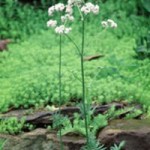In China, BIGGER is definitely better.
Take a look for yourself. These pictures tell it all.
If you are going to build a statue in Asia, it's got to be big. I mean really BIG.
Here in the U.S. we don't have much to compare with these. Mount Rushmore comes to mind but it is over 70 years old.
These huge statues, all in China, have all been built in the last 20 years.
What's the reason BIGGER is better? Not sure, what do you think?
|
AD 803
|
|
1994
|
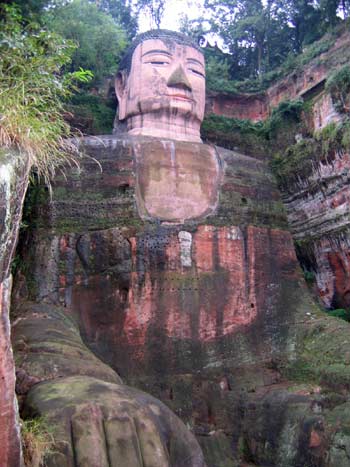 |
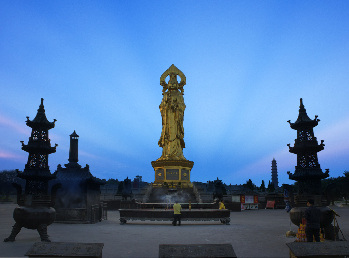 |
|
| Located 30 kilometers south of Guangzhou city, South China's Guangdong province, the 40.8-meter Kwan-yin statue is the tallest gold-plated bronze statue in the world. It was completed in 1994. | ||
|
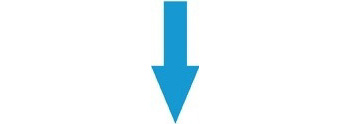 |
||
| 1996 | ||
| Situated 160 kilometers north of Chengdu city, Southwest China's Sichuan province, the 71-meter Leshan Grand Buddha was built in AD 803 during the Tang Dynasty (AD 618-907). It is still the biggest stone-carved Buddha in the world and was included on the World Heritage List. It was the world's biggest Buddha for 1,200 years. Now, it only ranks seventh in China in terms of height. [Photo/Asianewsphoto] |
 |
|
|
1998
|
||
|
|
||
| Xijiaoshan Kwan-yin Statue is 61.9 meters high, situated on the top of a hill in Foshan city, South China's Guangdong province. It was completed in 1998 as the highest sitting Kwan-yin statue. |
|
|
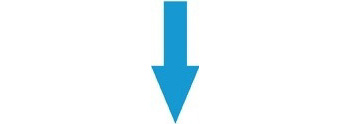 |
|
|
|
|
|
|
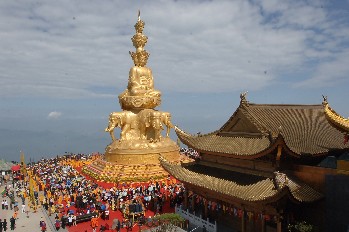 |
|
| Golden Statue of Puxian on Emei Mountain, in Sichuan province, was built in May 2006 and is 48 meters high. This 66-ton bronze likeness is endowed with 10 heads "to catch winds from 10 directions." | ||
|
|
||
| The giant Kwan-yin statue is 108 meters high, located at Nanshan Temple in Sanya, South China's Hainan province. It was built in April 2005. [Photo/Asianewsphoto] |
|
|
|
2008 |
 |
2007
The 106-meter statue of Yandi (left) and Huangdi emperors was finished in April 2007 in Zhengzhou, Central China's Henan province. Chinese often refer to themselves as "sons and grandsons of the emperors Huangdi and Yandi."
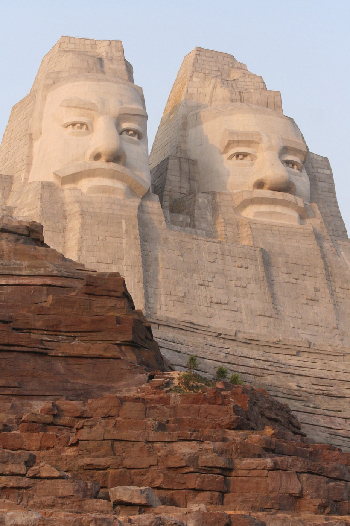 |
| The Spring Temple Buddha built in 2008 is a statue depicting Vairocana Buddha in Zhaocun township of Lushan county, Central China's Henan province. At 128 meters, which includes a 20-meter lotus throne, it is the tallest statue in the world. If the statue's 25-meter pedestal is taken into account, the monument has a total height of 153 meters. The hill on which the statue stands was reshaped to form two more pedestals. The total height of the monument is now 208 meters. It is made of 108 kilograms of gold, 3,300 kilograms of alloy-copper and 15,000 tons of special steel. [Photo/Asianewsphoto] | ||
|
 |
|
|
| 2009 |  |
|
| 2010 | ||
|
|
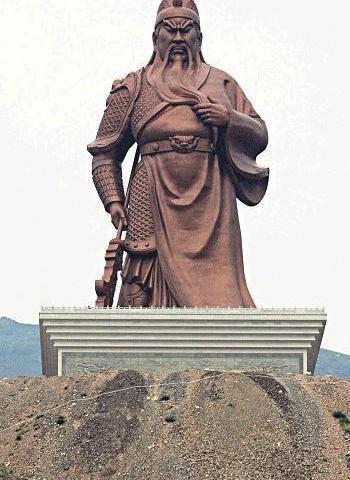 The huge statue of Guan Gong, an ancient Chinese marshal from the Three Kingdoms Period (AD 220-280), in Yuncheng city, North China's Shanxi province, is made of copper and measures 61 meters. It was built in 2010, becoming the tallest statue of Duke Guan in the world. |
|
|
|
||
| A thousand-hand Kwan-yin statue was finished in 2009 at Weishan Mountain in Central Hunan province. The statue is 99 meters high. | ||
|
|
||
|
|
||

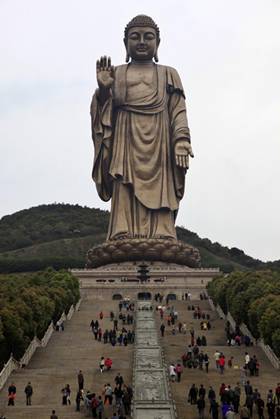
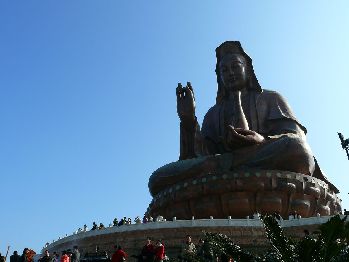
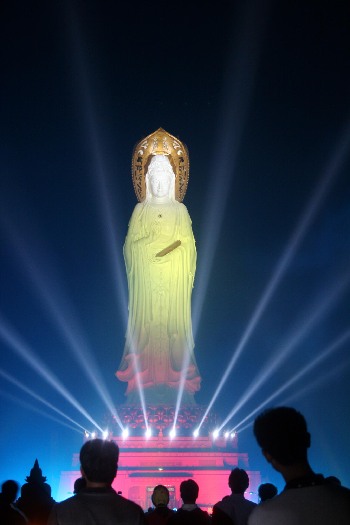
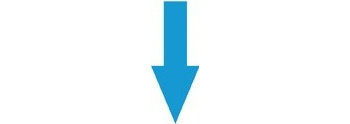
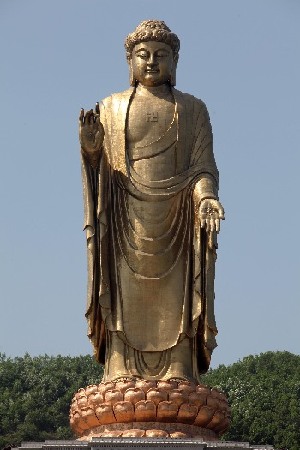
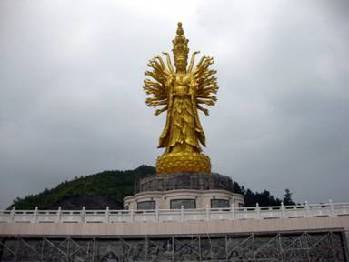
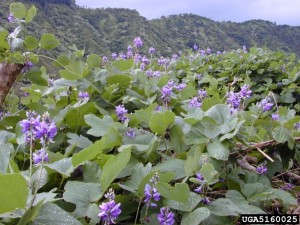
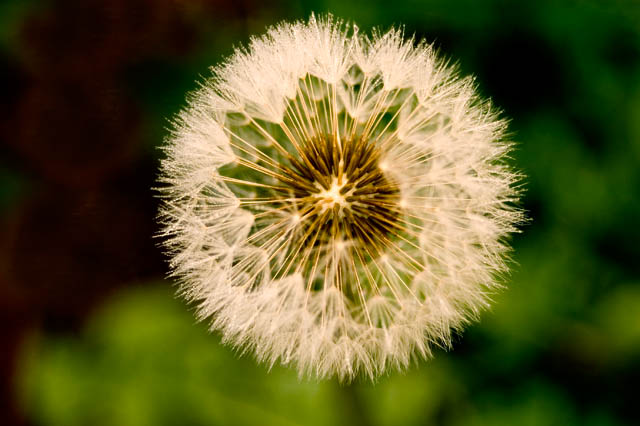 News from the University of New Mexico, the lowly dandelion has been shown effective at fighting breast cancer and prostate cancer. Used for centuries in
News from the University of New Mexico, the lowly dandelion has been shown effective at fighting breast cancer and prostate cancer. Used for centuries in 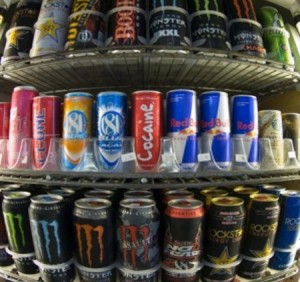


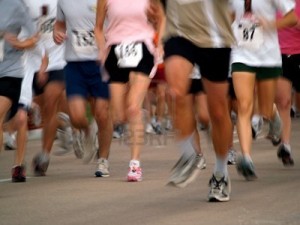 Do you have enough energy to stay ahead of the game?
Do you have enough energy to stay ahead of the game? 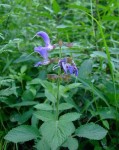 New evidence now exists about the Chinese herb, Salvia Miltiorrhiza. This herb has been used for thousands of years and has been praised for its benefits for cardiovascular disease. The latest study on Salvia Miltiorrhiza indicates that this Chinese herb can also be beneficial to those suffering with osteoporosis, a thinning of the bones or loss of bone density over time.
New evidence now exists about the Chinese herb, Salvia Miltiorrhiza. This herb has been used for thousands of years and has been praised for its benefits for cardiovascular disease. The latest study on Salvia Miltiorrhiza indicates that this Chinese herb can also be beneficial to those suffering with osteoporosis, a thinning of the bones or loss of bone density over time.
